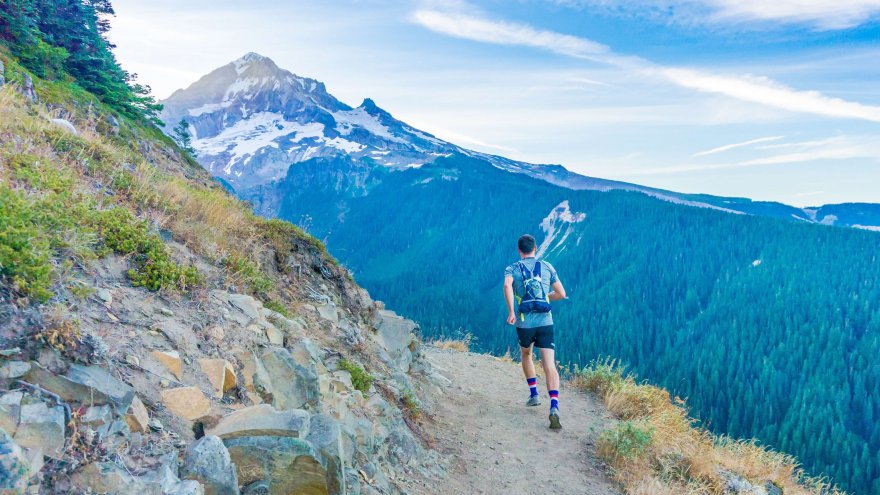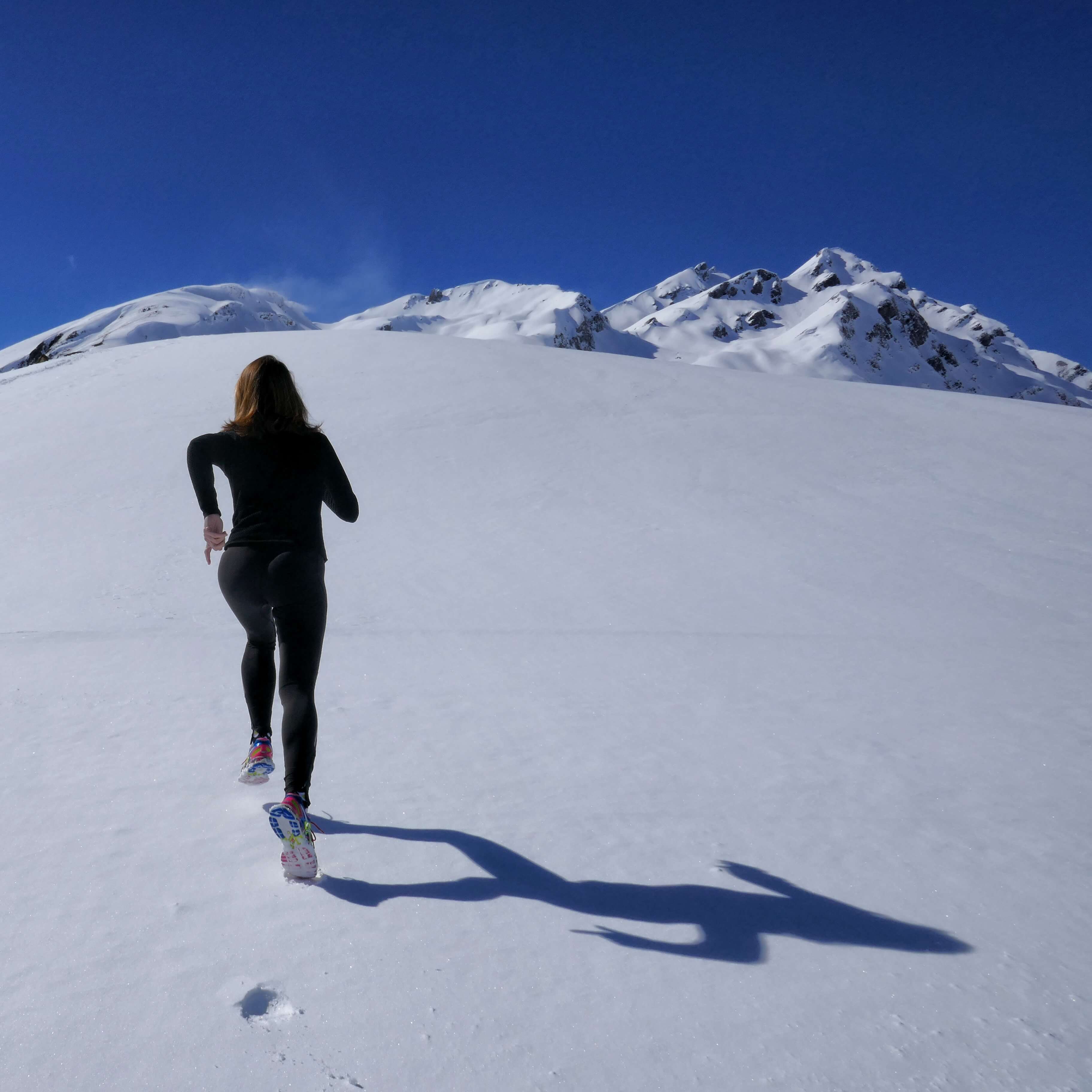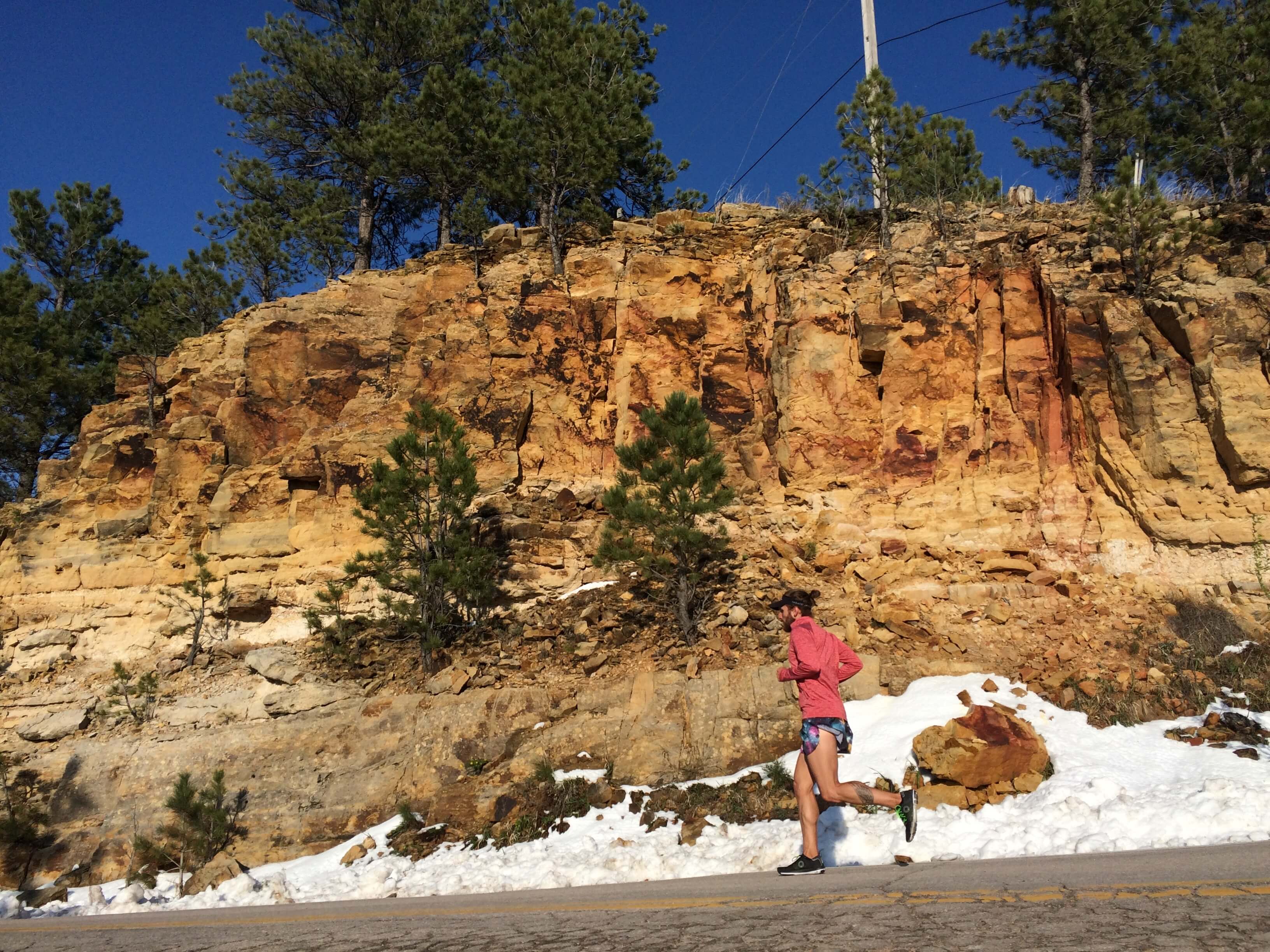The Role of the Quads During Hill Running

While training for a trail race or a hilly road race, you have probably heard many experienced runners tell you to be careful on the downhill or “your quads will get wasted”. Most runners, especially new runners, dread that uphill climb when they encounter a hill. While dreading that climb, they are also most likely telling themselves that they cannot wait until the downhill because it will feel much easier. They assume they will be able to take advantage and speed up to make up for the lost time on the uphill. This is where the trouble begins. As easy as it seems, downhill running can cause significant damage to the leg muscles and highly increase your risk of injury if not prepared properly for them.

During uphill running most of the leg muscles are working simultaneously in a concentric manner, meaning they are shortening during contraction while pushing the body to the top of that hill. As in flat road running, it is important to keep every muscle strong. For uphill running, the calves, glutes, and hamstrings are the main groups of muscles that get injured the most if strength is not sufficient. The constant work on these parts with very little rest throughout one climb is significantly fatiguing.

The Role of the Quads
Although the quadriceps are quite active during the uphills, it is during the downhills that these muscles are primarily used. Instead of concentrically working, the quads must work eccentrically during contraction, meaning they lengthen as they contract. This action is basically what controls our bodies from falling forward. During consistent hill repeats that include working hard on the downhills, or in very hilly races, once the legs begin to fatigue towards the end, they may feel like they are going to buckle during the downhill portion. That sensation is basically the quads running out of energy. In order to prevent this from happening one must not only practice downhill running but also strengthen the quads during training in the same manner they are required to work during the hill work—eccentrically.

The lengthening contraction required of the quad muscles during downhill running increases the risk of tearing. The damage produced during this type of running will eventually cause the muscles to lose power and slow your pace during uphill and flat road running. All of this damage from the constant eccentric contraction may also lead to delayed onset muscle soreness (DOMS) and will require several days or up to weeks of recovery. The good side of downhill running is that consistent training will cause the muscles to heal back stronger and produce less soreness over time. Downhill training is an excellent component to a well-rounded program but should be treated as a hard workout followed by one or two rest days before hitting another hard session.
Most runners will either have hilly routes to train on daily or they incorporate hill repeats into their training. The problem is that most will take it easy on the downhills as a recovery from the uphill repeats. This is just fine to do most of the time, but keeping a goal pace on the downhill is important during training in order to be prepared to keep your pace during the race without fatiguing the quads early on. During short hill repeats, the goal should be to charge the uphill at a much faster pace than your goal, or about 5k pace. The downhill will still be somewhat of a recovery because it should be slowed to your goal pace.

Besides incorporating hill repeats during training, specific exercises for the quads are important to increase the eccentric strength as much as possible. Regular squats, lunges, and step-ups are great exercises but are mostly focused on the concentric contraction of the quad, which is the extension of the knee. In order to change the focus to the eccentric contraction, a single leg squat is best—lowering into the squat with one leg (eccentric) then extending back up with both legs. The same movement can be done using the leg press machine at the gym. To mimic the actual downhill, squats can be performed on a decline, such as a calf stretch board or ramp, where the foot is positioned similar to the landing on a hill.


Whether you are training for an actual hilly race or looking to increase your speed or endurance, hill repeats are excellent workouts to include during your routine. Running uphill is actually a lower impact move than flat road running so it is much safer for joints. It is also an excellent way to work on running form as running uphill forces you to lean forward and stand tall as you should with all running. With all of these benefits, downhill training seems like an obvious staple to any plan, as long as it is done safely and with proper strength and recovery.
Sources
Latest Articles
 Is Running on a Treadmill Easier Than Running Outside?Runners have their own preferences, whether it is treadmill running, running outside on the road, or exploring trails. So...
Is Running on a Treadmill Easier Than Running Outside?Runners have their own preferences, whether it is treadmill running, running outside on the road, or exploring trails. So... Is It OK to Use Trail Running Shoes on the Road?While trail running shoes can be used on roads, especially in situations where a runner encounters mixed terrains or pref...
Is It OK to Use Trail Running Shoes on the Road?While trail running shoes can be used on roads, especially in situations where a runner encounters mixed terrains or pref... How to Fix Sore Quads After Running?Rest, ice, gentle stretching, and over-the-counter pain relievers can help soothe sore quads after running. Also, ensure ...
How to Fix Sore Quads After Running?Rest, ice, gentle stretching, and over-the-counter pain relievers can help soothe sore quads after running. Also, ensure ... 10 Fruits With The Most Electrolytes to Replace Sports DrinksThese fruits are high in electrolytes such as potassium, magnesium, and calcium, essential for hydration, muscle function...
10 Fruits With The Most Electrolytes to Replace Sports DrinksThese fruits are high in electrolytes such as potassium, magnesium, and calcium, essential for hydration, muscle function...

